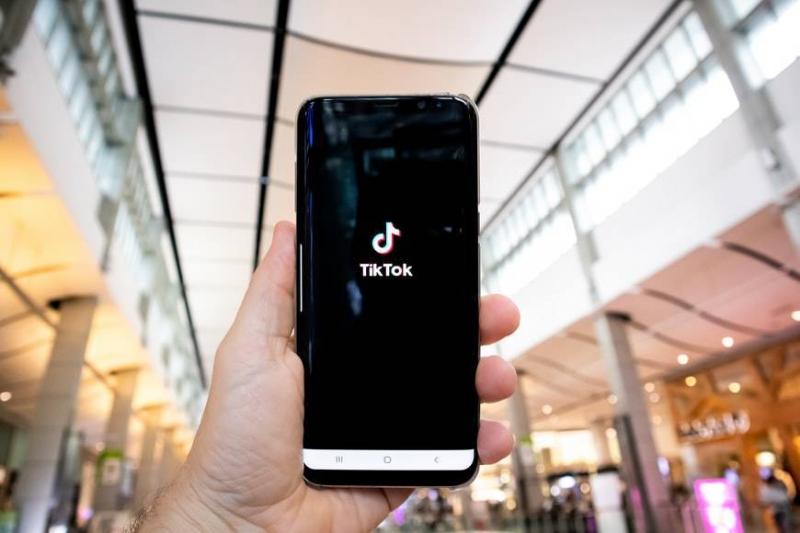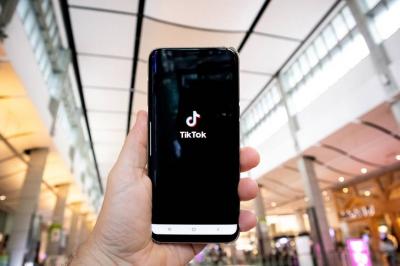Children's constant watching of YouTube has become a lesser phenomenon, especially with their growing use of TikTok, which features short clips that capture their attention. However, many parents have noticed that their children struggle to concentrate on homework or reading books, as reported by The Wall Street Journal. This raises the question: what is happening in children's brains?
Emerging research indicates that watching short, fast-paced videos makes it difficult for children to engage in activities that do not provide immediate and continuous gratification. One of the few studies specifically examining the effects of TikTok on the brain focused on Douyin, the Chinese counterpart to TikTok, produced by the same parent company, ByteDance. A brain scan of Chinese university students revealed that the areas involved in addiction were significantly activated in those who watched personalized videos. It was also found that some individuals have difficulty controlling when to stop watching.
Researchers at Zhejiang University stated, "We expect that individuals with lower self-regulation abilities find it harder to shift their attention away from their favorite video stimuli."
**How Does a Child's Brain Work?**
When children engage in tasks that require prolonged focus, such as reading or solving math problems, they utilize directed attention. This function begins in the prefrontal cortex, the part of the brain responsible for decision-making and impulse control. Michael Manos, Clinical Director of the Attention and Learning Center at Cleveland Clinic Children's, explained that "directed attention is the ability to prevent distractions, sustain attention, and appropriately shift focus." He noted that this requires high-level skills such as planning and prioritization.
Generally, children find it more challenging to do this, such as stopping video game controls, because the prefrontal cortex does not fully develop until around age 25. Manos indicated that the constantly changing environment of TikTok does not require sustained attention. He said, "If children's brains are accustomed to constant changes, the brain struggles to adapt to non-digital activities where things do not move as quickly." Currently, TikTok allows users to create videos up to 10 minutes long, increased from the previous maximum of 3 minutes and the initial limit of 60 seconds.
**How Can We Help Our Children?**
Parents and children can take steps to improve attention, but it requires effort, experts say. Exercise and free play are among the best ways to engage attention during childhood, according to Johann Hari, author of "Stolen Focus: Why You Can't Pay Attention – and How to Think Deeply Again." Additionally, dedicating after-school and weekend time to sports, playdates, family outings, or trips to the park can help sharpen focus.
It is noted that an investigation by The Wall Street Journal last year found that TikTok's algorithm identifies what users like based on how much time they spend watching each video and then offers more of the same. TikTok has stated it is now working on developing ways to diversify the videos recommended by its algorithm to viewers.




